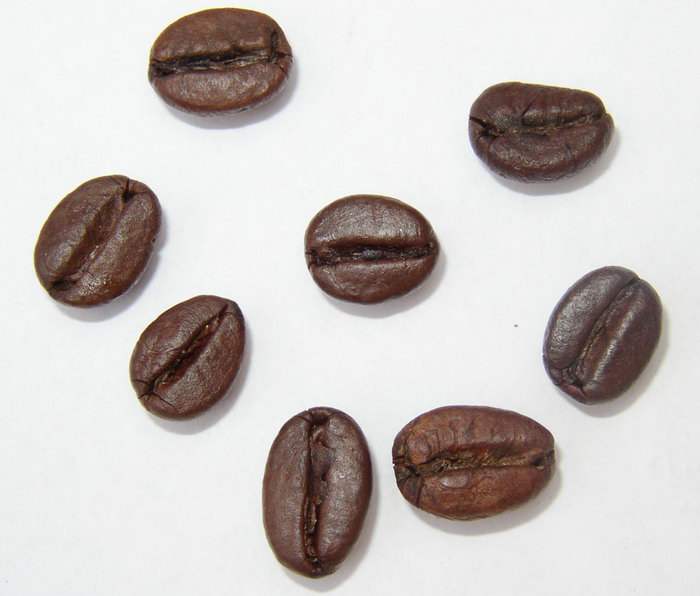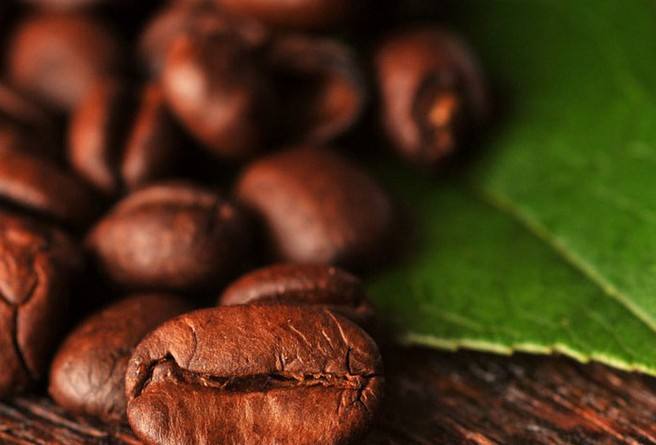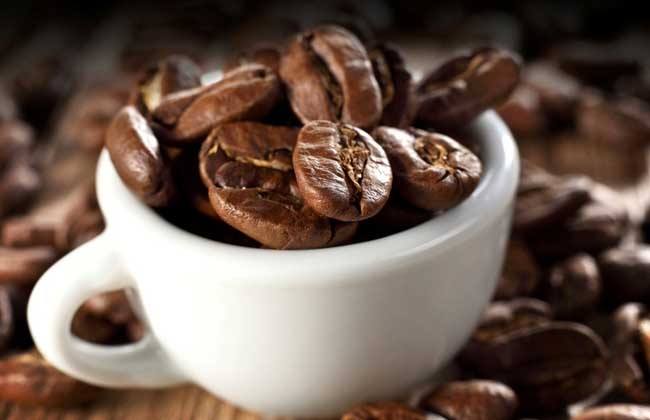Ethiopia is the origin of coffee
Follow the caf é (Wechat official account vdailycom) and found that Beautiful Cafe opened a small shop of its own.
In the mountains of the Qima region of southwestern Ethiopia, called kaffa, there is a wild shrub bearing small red fruits. A shepherd kept making noise when he found that his goats had eaten the bush fruit. As a result, he also curiously took some off and chewed it in his mouth, and soon felt excited, because he chewed too much and he was in a state of ecstasy. When the news reached a nearby Orthodox monastery, a group of monks chewed with curiosity and had the same effect. So monks from all sides came to pick and chew this extraordinary "magic" little red fruit, so excited that they could not sleep for a long time, thus affecting their normal religious activities. So the church regarded the small red fruit as a "devil bean" and banned its followers from eating it.

Therefore, for a long time after coffee was discovered, Ethiopians did not eat coffee and did not know how to make coffee and tea. When coffee was first discovered, the wild shrub had no name. The local people named him after the "Kafa" where he grew up. In the future, the name of "coffee" in the world evolved from "Kafa". Coffee spread abroad from Ethiopia around the 15th century.
From the great bazaar in Gundel, the ancient capital of Ethiopia, merchants carried coffee beans northwest to Sudan, to Egypt and Mediterranean countries, and eastward across the Red Sea to Yemen and the Arabian Peninsula. People in the Middle East call it "Arabica Coffee" and have been widely drunk since then. Later, it spread to the far East and finally across the Pacific Ocean to the American continent. Now, Brazil is the new largest producer of coffee. The United States also has the largest Ethiopian Arabica coffee market. Today, coffee in Ethiopia is still divided into wild and artificially grown coffee. The wild ones are mainly in the southwest of Jima area, and the harvest is low.
Each hectare of coffee beans in the artificial plantation can be harvested at 500 Mel 600 kg. According to statistics, there are now more than 400,000 hectares of coffee gardens in Ethiopia, mainly distributed in the Jima region, the Harald Mountains in the east and the Awasa region in the south. In a normal year, the country produces 200000 to 250000 tons of coffee beans annually. Every year in September and October, there are clusters of shiny red coffee fruits hanging all over the branches in coffee gardens everywhere. Ethiopian coffee is pure in texture, good in color and taste, and the coffee tea boiled is delicious and fragrant. It sells well in the international market and has the reputation of "red golden beans". Coffee beans have become Ethiopia's main export commodity, accounting for more than 60% of the country's total export revenue. At the beginning of the 18th century, people here began to learn to make coffee and tea. Today, drinking coffee has become the main living habit of the people of all ethnic groups in Ethiopia.
Hospitable Ethiopians often entertain relatives, friends and guests with coffee and tea made on the spot after meals or banquets, slowly forming a coffee culture phenomenon with a strong traditional cultural atmosphere. Before the guests arrive, the host sets up all kinds of utensils for making coffee. When the guests arrived, a young girl or young woman dressed in a traditional white embroidered skirt and a brightly colored ribbon sat by the fire to add charcoal. The fire burst into flames, while burning yellow "frankincense" lit up wisps of smoke, and suddenly there was a pleasant fragrance in the air. Then, the girl quickly washed the coffee beans in a pot of water, put them into a red-hot shallow pan, and kept stir-frying with a small shovel. When the coffee beans are hot enough, the girl takes out a few and puts them in a small bowl for the guests to smell. Then she poured the fried coffee beans into a stone mortar or iron mortar and mashed them with a long hammer to make a rhythmic sound.
Then put the chopped powder into a beautifully crafted pottery pot with a big belly and a small mouth, and boil it with boiling water on a charcoal stove. About 15 minutes later, the coffee is ready to give off a strong flavor. The girl conveniently poured the thick black coffee and tea into the small white porcelain tea cup in front of her through the small leaky spoon, but only most of the cups were poured. Then get up and bring the first course of coffee and tea called "Apolle" to the guests, let them take their own, and mix sugar according to their own taste. After drinking the first espresso, the girl immediately added water to the pottery pot and boiled the second coffee and tea called "Tana" until the third and last dish was called "Barak", which means "Fudi" coffee and tea. The taste is getting lighter and lighter. While drinking coffee, the guests chewed on fried lentils or wheat grains. The whole process takes about an hour or two. This kind of coffee and tea ceremony with a special national cultural atmosphere aroused the great interest of thousands of spectators in the new millennium world culture exhibition held in Hanover, Germany in the summer of 2000.
Important Notice :
前街咖啡 FrontStreet Coffee has moved to new addredd:
FrontStreet Coffee Address: 315,Donghua East Road,GuangZhou
Tel:020 38364473
- Prev

Introduction to the History, Culture and Development of Coffee in Ethiopia
Following Cafe Review (Wechat official account vdailycom) found that the Beautiful Cafe opened a small shop of its own, Ye Jia Xuefei Coffee, which refers to Ye Jia Xuefei Coffee, which is produced in Ethiopia. Yega Xuefei is the name of a local town. It is about 1700-2100 meters above sea level. Now Yejashafi coffee has become synonymous with Ethiopian boutique coffee. History: at first, Yega Xuefei's
- Next

How do you make Ethiopian coffee? Ethiopian coffee varieties
Following Cafe's (official Wechat account vdailycom) found that the way for Beautiful Cafe to open a small shop of Ethiopian Coffee is to first put boiling hot water in the lower glass ball, depending on the size of the coffee cup used. It takes about 140~150c.c for an average cup of coffee. After that, fix the upper pot with the filter cloth on the base and pour it into the grind.
Related
- Detailed explanation of Jadeite planting Land in Panamanian Jadeite Manor introduction to the grading system of Jadeite competitive bidding, Red bid, Green bid and Rose Summer
- Story of Coffee planting in Brenka region of Costa Rica Stonehenge Manor anaerobic heavy honey treatment of flavor mouth
- What's on the barrel of Blue Mountain Coffee beans?
- Can American coffee also pull flowers? How to use hot American style to pull out a good-looking pattern?
- Can you make a cold extract with coffee beans? What is the right proportion for cold-extracted coffee formula?
- Indonesian PWN Gold Mandrine Coffee Origin Features Flavor How to Chong? Mandolin coffee is American.
- A brief introduction to the flavor characteristics of Brazilian yellow bourbon coffee beans
- What is the effect of different water quality on the flavor of cold-extracted coffee? What kind of water is best for brewing coffee?
- Why do you think of Rose Summer whenever you mention Panamanian coffee?
- Introduction to the characteristics of authentic blue mountain coffee bean producing areas? What is the CIB Coffee Authority in Jamaica?

